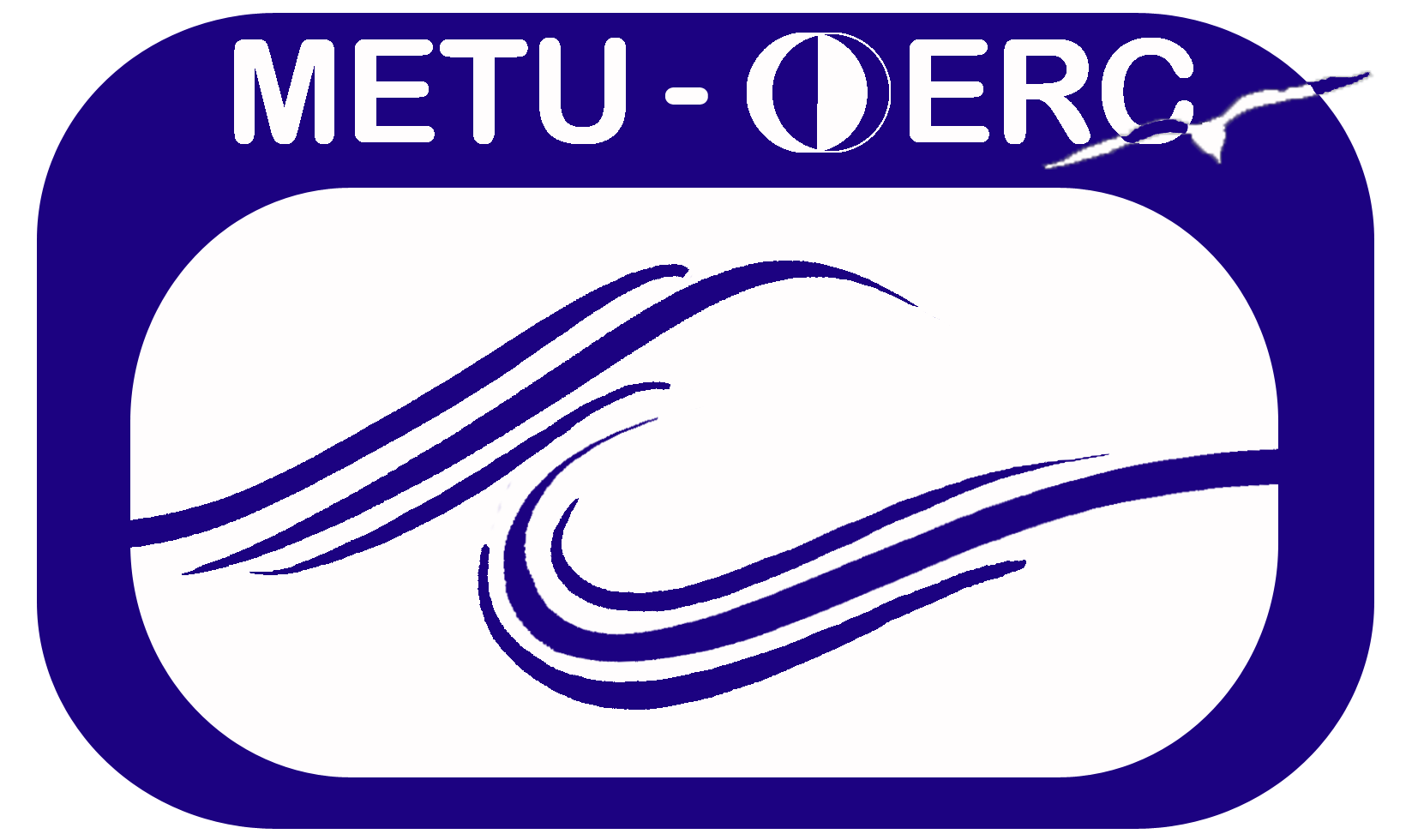CVI/FCVAM
FCVAM – Fuzzy Coastal Vulnerability Assessment Model
Fuzzy Coastal Vulnerability Assessment Model is built upon Coastal Vulnerability Index (CVI) approach to evaluate the vulnerability of coastal areas by Middle East Technical University, Department of Civil Engineering, Ocean Engineering Research Center (Özyurt, 2007; Özyurt, 2010). The model integrates the coastal physical characteristics with the effect of human activities. FCVAM assesses 20 parameters (13 physical and 7 relating to human activity) to analyze coastal erosion, inundation, coastal flooding and saltwater intrusion to freshwater resources (groundwater and rivers) along coastal areas using a fuzzy inference system. The model also includes the impact of sea level rise.
FCVAM uses the main components of fuzzy systems, such as parameter membership functions, rule bases and fuzzy arithmetic. A database is built to develop the parameter membership functions. This database is based on European coastlines, which is combined and integrated for the use of this model. Rule bases are developed to reflect the widely used numerical models to analyze the coastal processes and the literature on climate change. The MATLAB Fuzzy Logic Toolbox is used to construct the fuzzy expert system, which is based on a modular structure enabling the future extension of the capability of the present model. Fuzzy arithmetic and a rule base expert system are defined to calculate the coastal vulnerability index.
FCVAM evaluates coastal areas through aggregated coastal vulnerability. Therefore, a region can be assessed for its vulnerability to different impacts and for combined vulnerability. In addition, the vulnerability of governing physical\anthropogenic parameters is evaluated for individual impacts. The model uses an analytical hierarchy process to integrate stakeholder opinion with the decision-making process. The fuzzy expert system combines the expert opinion and geographical information systems (GIS) can be used to present the results. Integrating human activities–such as river basin management, land use and coastal engineering structures – with physical processes – such as waves, tides and sea level rise – on a process level is also achieved through the fuzzy inference system.
FCVAM is developed to analyze vulnerability at different spatial scales. The results of different spatial scales can be used for distinct purposes related to coastal management practice. While regional scale implementation of the model would serve the purpose of a national vulnerability assessment determining “hotspots”, site-specific implementation would aid to develop a framework for adaptation planning.
FCVAM and its predecessor CVI-SLR (vulnerability index based on the weighted sum method by Ozyurt, 2007) has been applied to different locations in Turkey and across the world.
References
Özyurt, G. and Ergin, A., (2012). Spatial and Time Balancing Act: Geomorphology in View of Integrated Coastal Zone Management (ICZM), Studies on Environmental and Applied Geomorphology, Dr.Tommaso Piacentini (Ed.), ISBN:978-953-51-0361-5, InTech, pp.141-162.
Özyurt, G., Ergin. A. (2012) Fuzzy Coastal Vulnerability Model Application: Teignmouth, UK. 33rd International Conference on Coastal Engineering (ICCE 2012) Santander, Spain.
Özyurt, G. and Ergin, A., (2010) Improving Coastal Vulnerability Assessments to Sea-Level Rise: A New Indicator-Based Methodology for Decision Makers. Journal of Coastal Research Vol. 26-2. p265-273
Özyurt, G., Ergin. A. and Baykal C. (2010) Fuzzy Vulnerability Assessment of Coastal Areas to Sea Level Rise. 32nd International Conference on Coastal Engineering (ICCE 2010) Shanghai, China. (30 June-5 July 2010) Paper no:504
Özyurt,G. (2010) “Fuzzy Coastal Vulnerability Assessment to Sea Level Rise” PhD. Thesis.
Middle East Technical University, Ankara.
Özyurt, G. and Ergin, A., (2009) Application of Sea Level Rise Vulnerability Assessment Model to Selected Coastal Areas of Turkey. Journal of Coastal Research, SI 56 (Proceedings of the 10th International Coastal Symposium), Lisbon, Portugal
Özyurt, G. (2007). “Vulnerability of Coastal Areas to Sea Level Rise: Case Study on Goksu
Delta,” Master’s Thesis. Middle East Technical University, Ankara.

